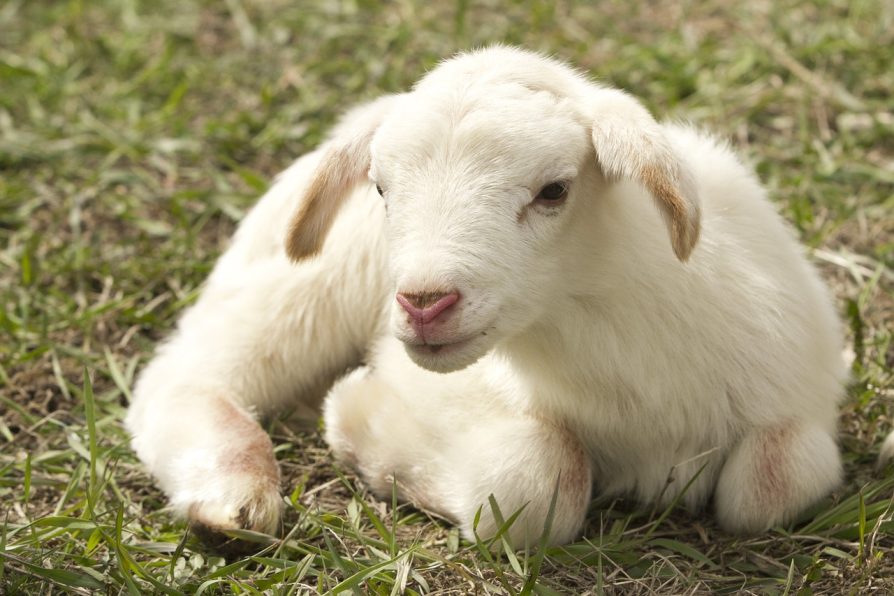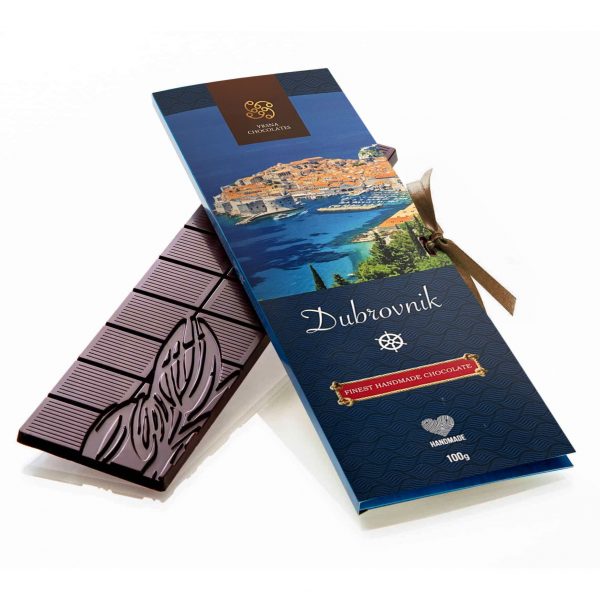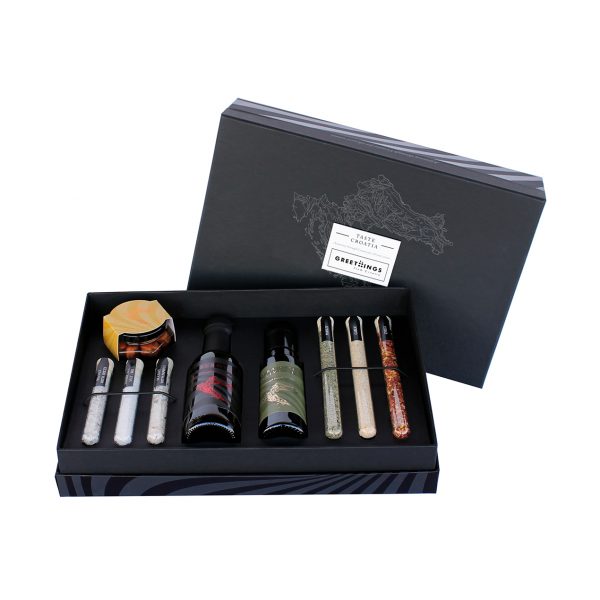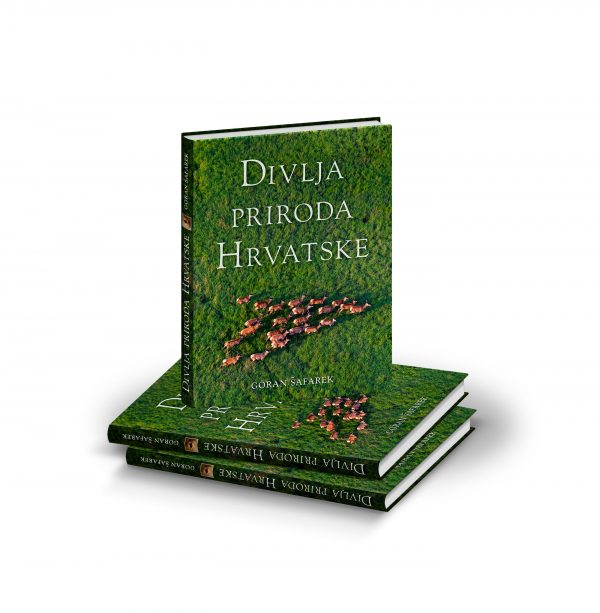In a significant recognition of its unique characteristics and traditional agricultural practices, lamb from the Lika region has earned its place on the register of Protected Geographical Indication (PGI).
This achievement serves as evidence of the outstanding lamb quality, which is linked to the rare, endangered, and endemic species inhabiting Lika and the preservation of their habitats through traditional farming practices.
Lika’s exceptional lamb quality owes its existence to the remarkable biodiversity found in the region. The fact that certain indigenous breeds have survived can be attributed to the preservation of these species and their natural habitats. Lika’s landscape has been a sanctuary for these animals, ensuring their continued existence and contributing to the exceptional quality of the lamb.
One such breed, the pramenka sheep, has its roots in the mountainous terrains of Lika and Gorski kotar. These sheep are raised in natural pastures rich in great vegetation. Despite the harsh winter conditions, marked by severe cold and limited nutrition, these sheep have not only survived but thrived in the region.
The area surrounding the production of ‘Lička janjetina‘ (Lika lamb) and the bringing up of the Lika pramenka sheep spans a considerable stretch. This region includes the town of Gospić, as well as the municipalities of Donji Lapac, Karlobag, Lovinac, Perušić, Plitvice lakes, Udbina, Vrhovine, Senj, Brinje, and Otočac in Lika-Senj County. Additionally, Gračac in Zadar County plays a role in the production of this exceptional lamb.
The recognition as a Protected Geographical Indication is not merely a label; it is a testament to the cultural and environmental significance of the Lika region. It not only acknowledges the high-quality lamb produced here but also the dedication of the local communities to preserving the biodiversity and traditions that make this lamb truly unique. The PGI status ensures that the lamb from Lika remains an authentic and outstanding culinary experience, showcasing the connection between nature and tradition in this remarkable corner of the world.
PHOTO: Pixabay


























